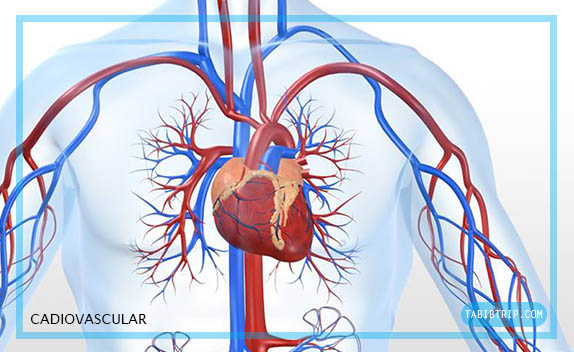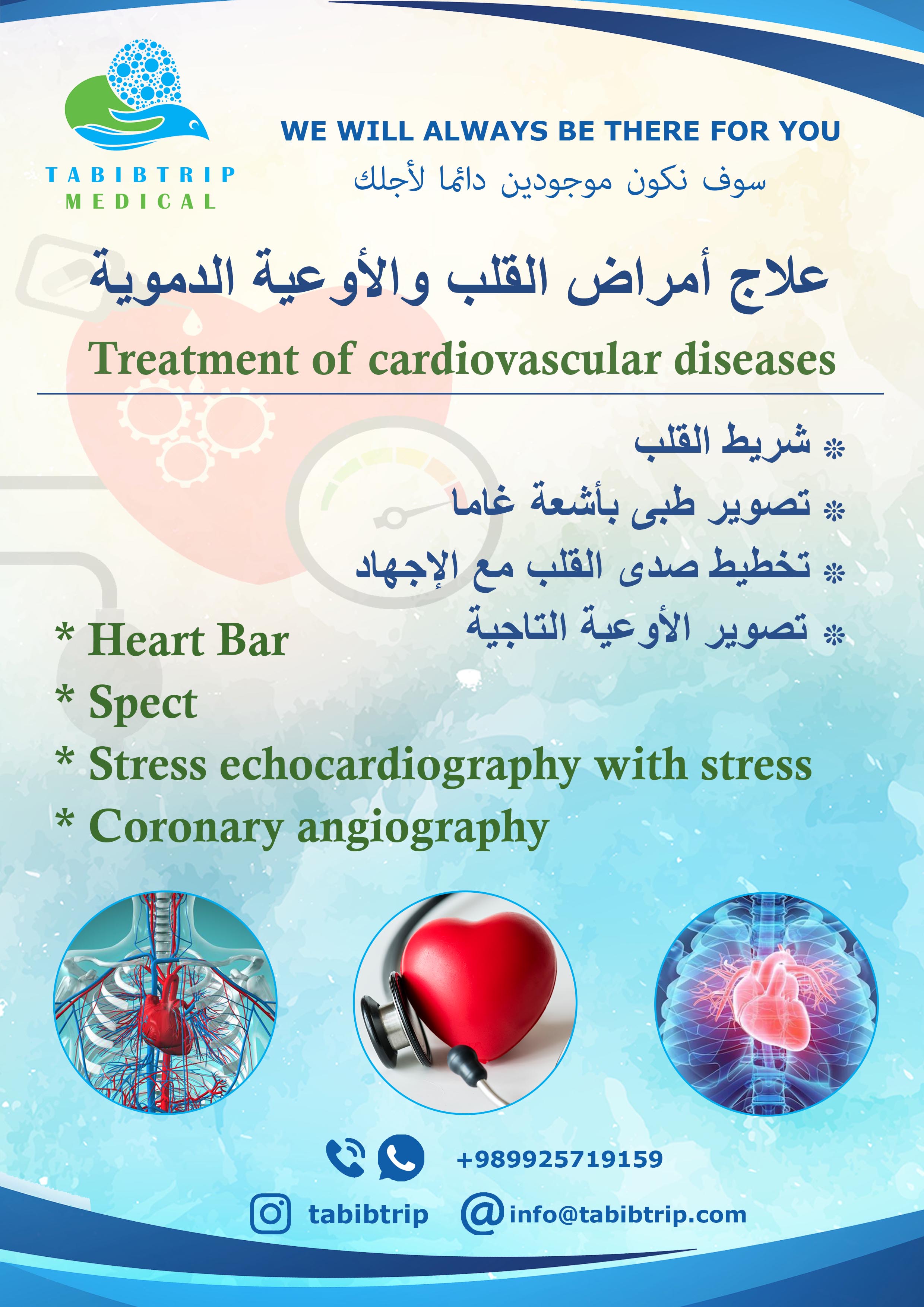
Department of Cardiovascular
So, many foreigner patients come to Iran annually , especially from the Persian Gulf and Central Asia, to diagnose and treat Cardiovascular diseases, Because the success rate of Cardiovascular treatment ,Also equipments , facilities & medicine for treatment of Cardiovascular are readily available and exceptional in iran. Coronary artery disease has a number of well determined risk factors. These include high blood pressure, smoking, diabetes, lack of exercise, obesity, high blood cholesterol, poor diet, depression, family history, and excessive alcohol. About half of cases are linked to genetics.Smoking and obesity are associated with about 36% and 20% of cases, respectively. Smoking just one cigarette per day about doubles the risk of CAD. Lack of exercise has been linked to 7–12% of cases] Exposure to the herbicide Agent Orange may increase risk. Rheumatologic diseases such as rheumatoid arthritis, systemic lupus erythematosus, psoriasis, and psoriatic arthritis are independent risk factors as well.] Job stress appears to play a minor role accounting for about 3% of cases.In one study, women who were free of stress from work life saw an increase in the diameter of their blood vessels, leading to decreased progression of atherosclerosis.In contrast, women who had high levels of work-related stress experienced a decrease in the diameter of their blood vessels and significantly increased disease progression.Having a type A behavior pattern, a group of personality characteristics including time urgency, competitiveness, hostility, and impatience, is linked to an increased risk of coronary disease.] Dietary cholesterol does not appear to have a significant effect on blood cholesterol and thus recommendations about its consumption may not be needed.Saturated fat is still a concern. The heritability of coronary artery disease has been estimated between 40% and 60%. Genome-wide association studies have identified around 60 genetic susceptibility loci for coronary artery disease.Cardiovascular diseases are the diseases related to the heart and vessels(arteries, capillaries and veins).Cardiovascular diseases refers to any disease that affects the circulatory system, including heart disease, cerebrovascular and kidney disease, and arterial disease
Treatment of cardiovascular disease
The country of Iran is one of the pioneers in the treatment of various types of Cardiovascular diseases around the world and Iran`s Cardiovascular is very famous in the worldRisk factors
Blood fats
Genetics
Other



